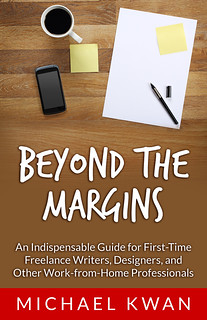I’m going to show you a little trick that you can do to get a good chunk of money into your RRSP (registered retirement savings plan) and with no cost to you.
A Few Exciting Logistics
To make sense to this trick, we have to understand a few of the nuances of your RRSP.
First thing you need to to know is that you have a contribution limit of 18% of your gross income. So, if you made $40k in 2012, you can put in $7200. That contribution limit stacks up retroactively. If you had a $5k contribution limit from 2011 and a $4k contribution limit from the year before, and you didn’t contribute anything those two years, you then have a total contribution limit of $16,200 ($7200 + $5000 + $4000) for the 2012 tax year. Any unused contribution room is carried over to the following year.
Another exhilarating fact is that the money you put in is now a tax deduction. In other words, you’re telling the government that you’re not spending this money. It’s not a part of your income until you decide to pull it out and spend it. So let say again that you made $40k last year. If you contributed $10k and brought down your effective gross income to $30k, that would drop your marginal tax rate from 29.5% (in BC) to 22.7%… which is exciting (at least to me).
The RRSP Contribution Trick
The trick is referred to as the “gross up strategy.” It’s a way of being able to top up any unused contribution room in your RRSP. It won’t fill it up completely. Rather, it’s meant to close that gap.
The way it works is much like a leverage loan; you take out a loan to invest. In this case, we’re taking out an RRSP loan (which is a specific type of loan). That loan is invested, which will boost the tax return you’ll get from the government, which you then use to pay off the loan, and there you go: a free top-up of your RRSPs.
Before you run out and get on this, the size of the loan can be a bit tricky. The way you decide on that is quite simple though. Take the amount that you would normally contribute to your RRSP on an annual basis. We’ll say $5,000 for this example. Subtract your marginal tax rate from 1. If your tax rate was 20% (0.20), you would arrive at 80% (0.80). Then, divide your contribution by that number. In this instance, $5000 divided by 0.8 would give you $6250. Subtract $5000 from this new number and that is the size of the loan you would take out. Here, that would be $1,250.
Once you’ve contributed that, you will have an additional $1250 on your tax return, which you can then use to pay off the loan completely and right away. Neato!
Don’t Procrastinate
Loans typically take a few days to get approval and you don’t want to find yourself getting the loan after the RRSP deadline (February 28). It’s a great way to bump up your retirement savings without taking any extra money out of your own pocket. Check your T4 when you get it to see how much RRSP contribution room you have. You’ll be shocked by how much you can save.






Recent Comments